The truth about Sea World: Gold Coast theme park reveals all and answers critics
SEA World has hit back at accusations it operates an “aquaprison” in a revealing insight into what really happens at the Gold Coast theme park.
Gold Coast
Don't miss out on the headlines from Gold Coast. Followed categories will be added to My News.
SEA World has hit back at accusations it operates an “aquaprison” in a revealing insight into what really happens at the Gold Coast theme park.
The international tourist attraction has come under unprecedented criticism for keeping dolphins, seals, sharks and polar bears since the documentary Blackfish shone a heartbreaking light on captive killer whales at SeaWorld Orlando in the US.
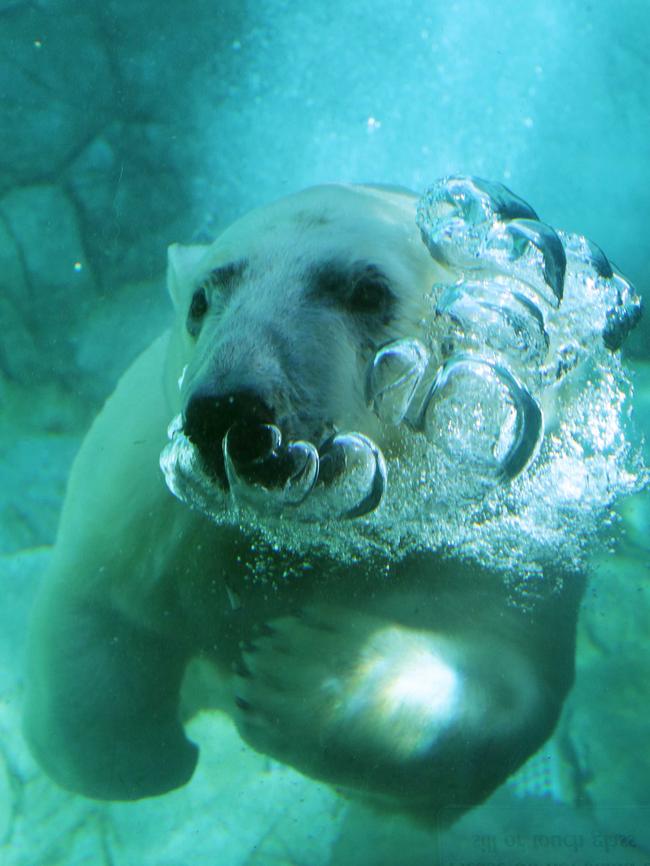
A Shut Down Sea World petition attracting 15,000 signatures and social media outcry this week involving singer Sam Smith have brought the issue closer to home.
SINGER SAM SMITH IN SEA WORLD STOUSH
So what really happens at Sea World on the Gold Coast? Are dolphins starved if they refuse to perform tricks for audiences? Do the polar bears swelter in the subtropical heat?
Does Sea World buy healthy wild dolphins that are rounded up and ripped from their families? And do animals languish in back pools just like SeaWorld Orlando’s Orca Tilikum, featured in Blackfish?
In answering the critics, Sea World Gold Coast marine sciences director Trevor Long tells Tanya Westthorp the truth about life at the theme park.
US CONNECTION:
There’s a common misconception that Sea World Gold Coast is associated with the US-based theme parks that have come under fire over the conditions it holds its captive killer whales.
Sea World Gold Coast has been tarred with the same brush by people who think the parks are part of a worldwide franchise.
Not true, says Mr Long. They are two separate companies and have nothing to do with each other.
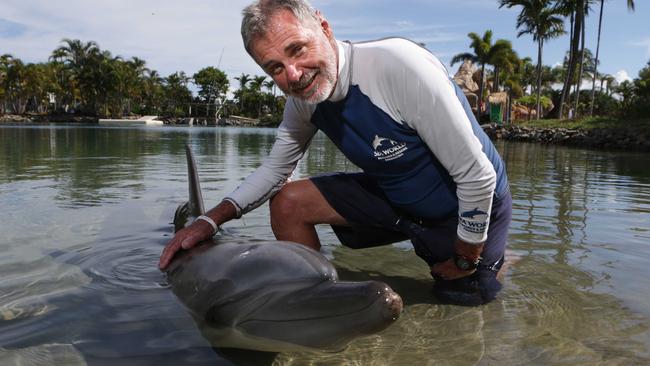
The only link is that Sea World Gold Coast founder Keith Williams “stole the name Sea World in 1973 because it wasn’t registered in Australia”.
The Australian Sea World is spelt as two words, whereas it is one word in the US.
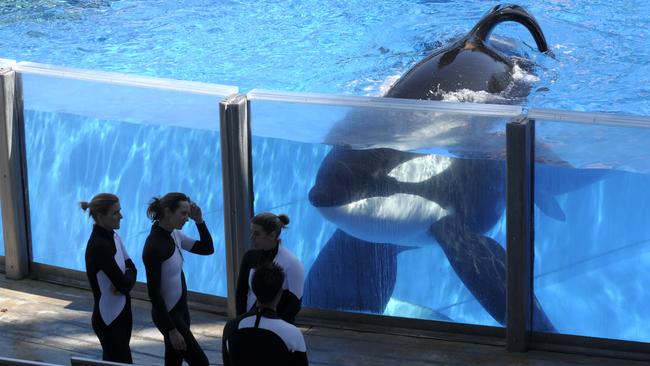
RESCUE OF MARINE LIFE:
Sea World has long been accused of only rescuing marine life so they can take them into captivity.
“That is the greatest load of rubbish,” says Mr Long who admits to getting “cranky” at the misinformation.
The reality is most animals are released once rehabilitated and the only time Sea World keeps a rescued animal is when it is permanently disabled or too young to survive in the wild.
“Our primary goal is to get animals released back into the wild,” says Mr Long, adding that hundreds of animals have been released, including most dolphins that are rescued.
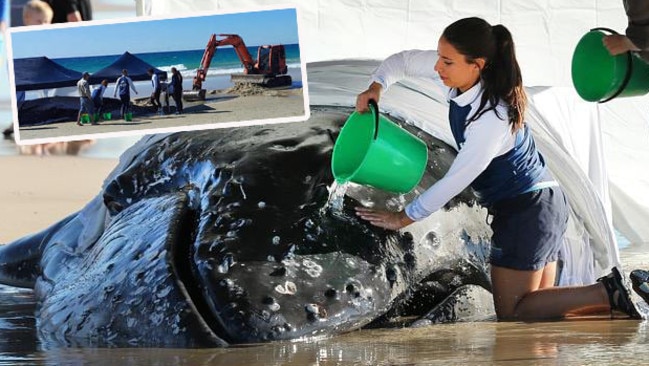
Mr Long said the public now expected Sea World to rescue stricken animals, and they do so happily because they have the expertise, logistics and moral obligation.
“I get calls 24/7 and I have done for 40 years. You ring a government agency after 4.30pm and say there is a stranded animal. We are the only ones who will go out,” he says.
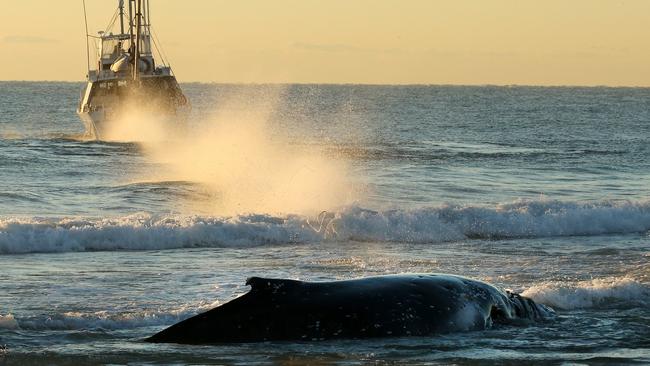
So why does a company spend millions rescuing animals that will not benefit them financially?
“I believe we have an ethic and moral obligation, if we are going to have these animals in these environments and we have the expertise. That’s why we do it.”
Even Nari the dolphin, who suffered a shocking shark bite and barely survived, was eventually released back into the wild.
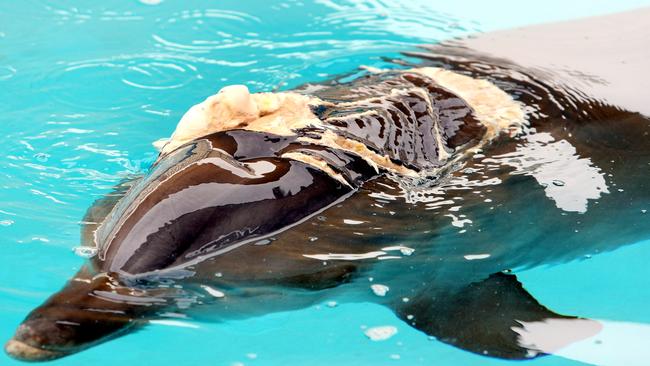
WHAT HAPPENS TO DOLPHINS THAT REFUSE TO PERFORM?
Most of the dolphins at Sea World do not perform in shows, but they are not left languishing in back pools like many critics would have you believe, says Mr Long.
Only a small proportion of dolphins, usually the young and energetic, perform in the theme park shows and they receive some, but not all, of their daily meal during the shows.
Mr Long says it is untrue that dolphins are starved if they refuse to perform and babies are not ripped from their mothers and forced into shows.
“We can’t make animals perform. If an animal doesn’t want to perform, it won’t perform and it happens.
“If we don’t feed these animals they are going to die.
“The animals don’t perform for food, they perform for interaction. It is no different to a dog that wants to please its owner.
“We have babies that perform with mum. It will go out there and mimic what mum does. You’ve got to remember we are not asking them to do anything they wouldn’t do in the wild. They are just jumping and swimming fast.”
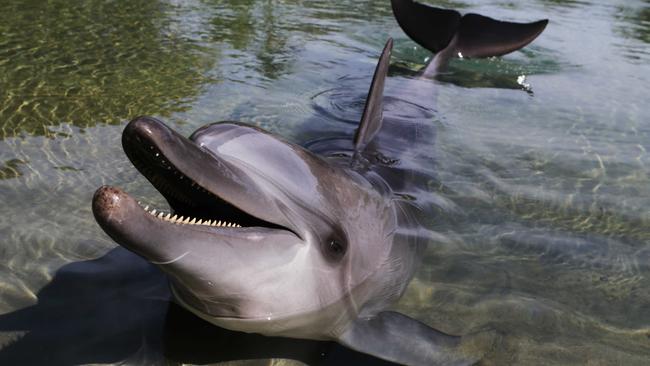
As for the non-performing animals?
They live in family groups in sandy-bottomed lagoons accessible to the public. They are fed every day and trainers spend a lot of their time simply playing with them to give them vital enrichment, he says.
ARE THE ANIMALS HAPPY?
“People say ‘how do you know your animals are happy?’. I’ve got pets because I love animals and I know I can go home every night and I’ll know from the demeanour of that animal that it’s happy,” says Mr Long.
“It is no different with animals at Sea World.”
He said Sea World residents went through the same emotions and ups and downs as humans, so animals could, at times, get depressed when they were sick or facing social pressures within their group hierarchy.
But, he says, trainers who have a strong bond built on trust, ensured those issues were addressed.
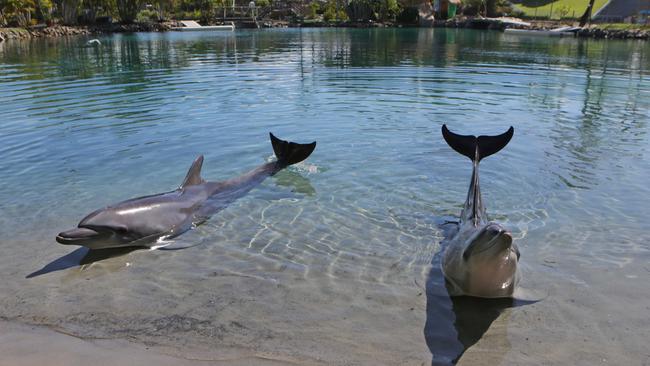
“I am certain there are points of time when the animals are not in the best state of mind, like I would go through every week in this office. But we are fortunate that trainers are so intuitive that they are able to find ways to understand that situation and provide methods that is going to help that animal.”
BLACKFISH:
Blackfish created waves worldwide by focusing on the captive life of Tilikum, a SeaWorld Orlando killer whale involved in the deaths of three people, and the consequences of keeping orcas in captivity.
The 2013 documentary covered the 1983 capture of Tilikum off the coast of Iceland, the bullying he faced by fellow captive killer whales at Sealand of the Pacific, the rise of his aggression when moved to SeaWorld and the whistleblowing of former SeaWorld trainers who witnessed Tilikum’s depressed state.
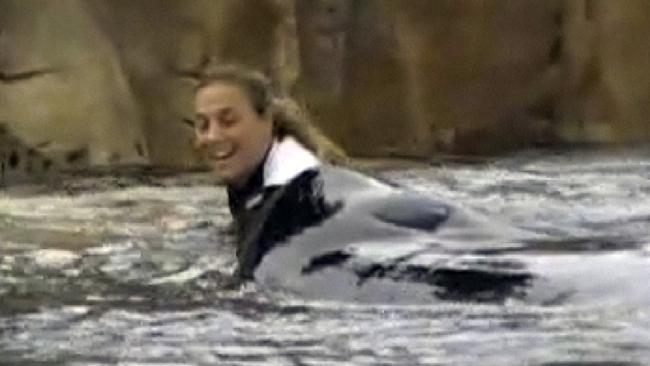
Mr Long has watched Blackfish five times and says he does not like to see killer whales in concrete tanks.
“I don’t believe there has been an environment built that can support killer whales,” he says about the US SeaWorld “Shamu” killer whale exhibit.
“I don’t like concrete pool environments. I think it is very hard for those animals to be enriched.”
Sea World Gold Coast has some of the world’s biggest sandy-bottom dolphin lagoons and Mr Long says “we would never allow” an animal to languish like Tilikum in Blackfish.
While Blackfish has caused Sea World Gold Coast plenty of PR headaches, Mr Long says anything that prompts an improvement in animal welfare standards was “a good thing”.
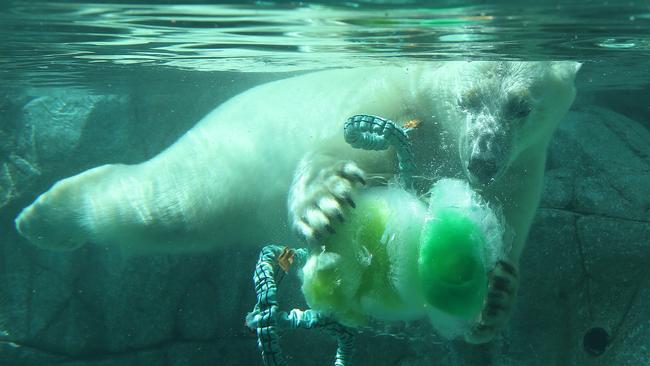
ANIMALS IN CAPTIVITY:
Mr Long says he doesn’t “have a problem with animals in captivity” because he sees the carnage and brutality wild marine life faced at the hands of humans and other animals.
“Humans are basically a bad lot. I see it when they speed through and we have to rescue the turtles and the dugongs that have been hit by a boat.”
Life in the animal kingdom is also brutal and often deadly.
“People also have this mystic sense about dolphins that they are some pure being but in the wild males will take a female away and rape it and rape it and rape it,” he said.
“In the wild a group of males may take a female and do what they want with it, even to the point that it dies, but we are able to manage that situation in our environments.”
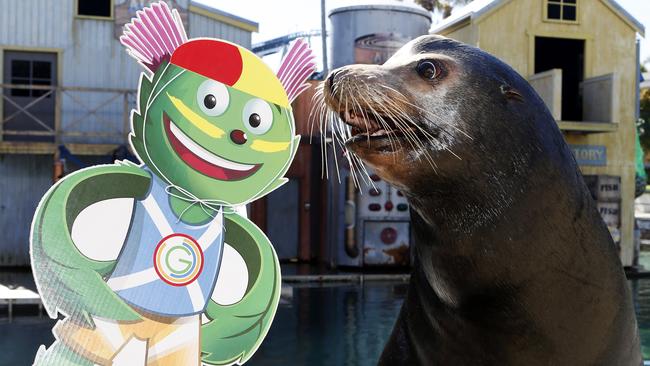
He says Sea World Gold Coast would never compromise the welfare of animals and would only create exhibits if they were “best practice” and enriching in a physical and psychological sense.
“If people thought we ill-treated our animals that would be out on the street. How could you run a park if you were going to be cruel to animals?
“I invite people to come out and see what we do here.
“Yes, the company makes money out of it, but it puts an enormous amount of money into rescues.”
TAIJI DOLPHIN DRIVE AND HUNT:
Sea World has joined zoological petitions lodged with the Japanese Government opposing Taiji and would never buy healthy dolphins that have been plucked from the wild — anywhere in the world.
Mr Long says Sea World used to buy healthy wild dolphins but handed back its permit more than 20 years ago and could not import animals from overseas.
“A Taiji animal could never come to Australia. There is no import or export of cetacea in and out of Australia,” he says.
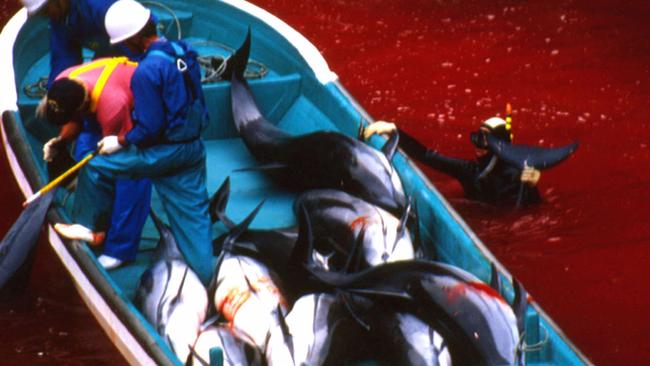
DO POLAR BEARS SUFFER IN SUB-TROPICAL HEAT?
Mr Long says the state-of-the-art Polar Bear Shores exhibit at Sea World created an “Arctic Summer”. It has chilled water and cold dens and the bears can go off-exhibit whenever they want.
“That can be an issue for our guests. They ask “where are the polar bears?”, but it allows animals to have choice. We do not lock animals on exhibit.”
Twins Hudson and Nelson were rescued as cubs when their mum was euthanased in the wild because she posed a danger to a Canadian town.
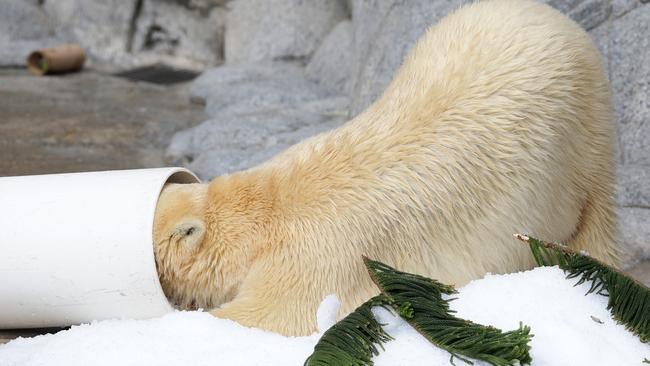
Liya, the mum of cub Henry, was born in captivity and came from St Petersburg Zoo.
At times Hudson has felt the rejection blues because Liya has chosen his twin brother to be her mate, but trainers were working to pick his spirits up.
CAN THE ANIMALS RETURN TO THE WILD?
Mr Long says captive animals can never be returned to the wild because they don’t understand how to hunt or the danger of shark nets and boats.
It was vital the captive animals were used to spread the conservation message because “at the moment, people abuse the environment”.
Originally published as The truth about Sea World: Gold Coast theme park reveals all and answers critics


